Finding a superior substitute for calamansi can be a bit of a challenge, especially since this citrus fruit is widely used in various Southeast Asian dishes.
In this blog post, we will outline and explore the substitutions that can be used as an alternative to calamansi in order to achieve similar flavors and textures in your favorite recipes.
So if you’re on the hunt for a perfect replacement or just want to mix things up in the kitchen, check out our helpful suggestions below!
What Is Calamansi?
Calamansi, also known as Philippine lime, is a small citrus fruit native to the Philippines.
It has a tart flavor and is widely used in Southeast Asian cuisine for its unique sour-tangy taste.
The juice of this fruit is often used as an ingredient in salads, sauces, desserts, and drinks.
Calamansi also has many health benefits such as aiding digestion, preventing urinary tract infections and improving skin complexion among others.
In addition to its culinary uses, calamansi can be used in cleaning agents and natural beauty products due to its antiseptic properties.
All in all, it is a versatile fruit with numerous health benefits that make it popular around the world.
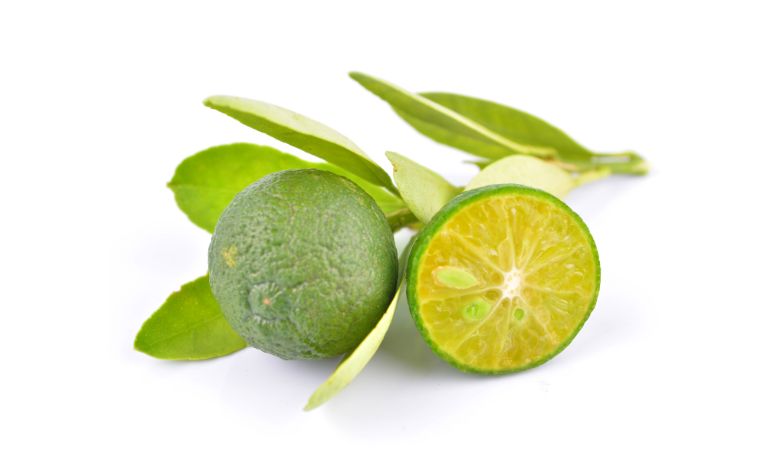
Substitutes For Calamansi
Lemon
Lemons are a classic citrus fruit commonly used as an alternative to calamansi.
They possess a similarly sour taste but are a bit more mild compared to calamansi.
Lemon juice is also readily available and can easily be found at your local supermarket.
In terms of usage, lemon juice can be used in marinades, dressings, and even as a topping for your favorite food.
They’re also an excellent source of vitamin C, which can help boost your immune system.
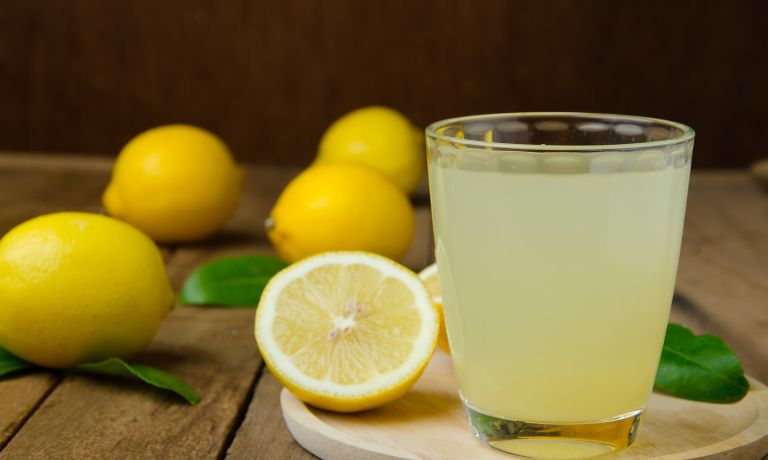
Key Limes
Key limes have a slightly stronger flavor than lemons and are often used in recipes that require a more pronounced citrusy taste.
Often found in Mexican grocery stores, these tiny limes are round and yellow when ripe.
They are perfect for whipping up a delicious key lime pie or making a refreshing limeade.
Key limes are also known for their health benefits, specifically in improving skin and digestion.
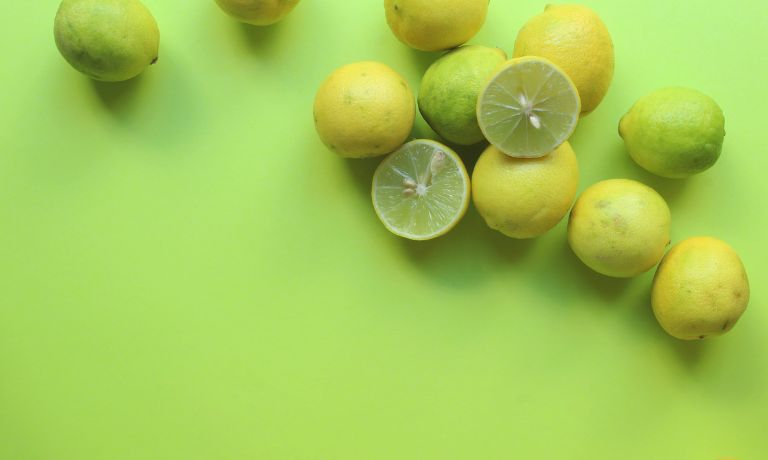
Tangerine
Tangerine is often compared to oranges in terms of taste and sweetness.
However, they possess a slight tang that gives them a more complex flavor profile compared to oranges.
When using tangerines as a calamansi substitute, it’s ideal to use the juice in dishes that require a sweet and tangy taste such as glazed meats or in salad dressings.
They are also rich in vitamins A and C which can help boost your immune system and improve your skin.
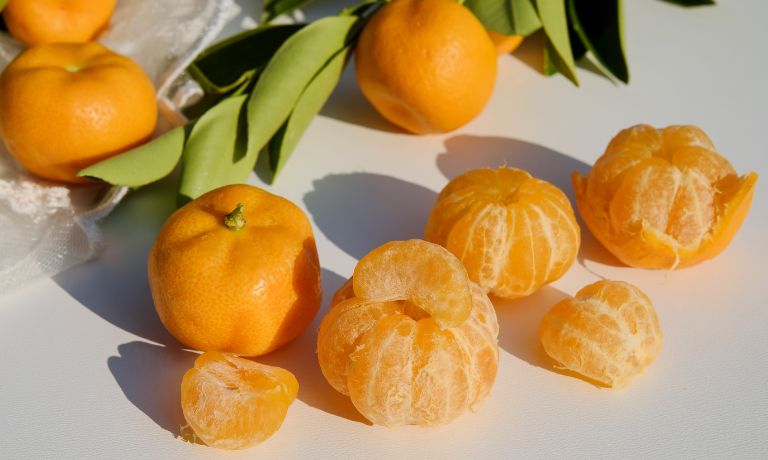
Yuzu
Yuzu is a small Japanese citrus fruit that is becoming more and more popular in Western countries.
It has a distinctive tangy, sour, and slightly bitter taste, with a fragrant aroma that’s perfect for marinades, dressings, and sauces.
Yuzu is also rich in Vitamin C, potassium, and antioxidants, making it an excellent immune system booster.
You can often find fresh yuzu at an Asian grocery store, or opt to purchase yuzu juice online if it’s not readily available in your area.

Kumquat
Kumquats are small, flavorful citrus fruits that offer a tangy, slightly sweet flavor.
They’re a great substitute for calamansi, as they have a similar taste profile and acidity level.
To use kumquats, simply squeeze the juice out of the fruit and use it in your recipe.
If you can’t find fresh kumquats, you can also use kumquat juice concentrate or kumquat marmalade as a substitute.
Kumquats are especially great for adding a unique flavor to sauces, marinades, and salads.
They can also be used as an ingredient in baked goods or simply eaten out of hand!
With their sweet-tart flavor, kumquats make the perfect substitute for calamansi in any recipe.
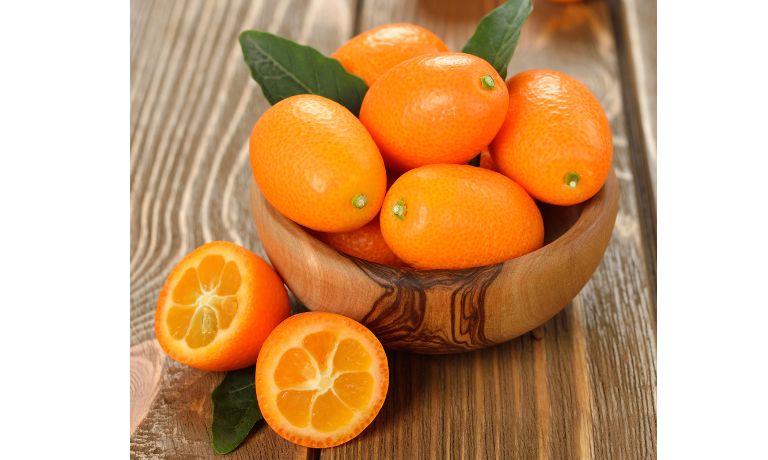
Orange
Orange is a good option if you are looking for a fruit that you can easily find in most grocery stores.
Since orange is also a citrus fruit, it has the same acidic flavor as calamansi.
However, the flavor is less intense, so you might need to use more orange juice than calamansi juice to achieve the same level of tartness.
Orange juice can be used in the same way as calamansi juice, but be aware that it will change the flavor profile of your dish slightly.
Additionally, orange juice can be used as an ingredient in many recipes where calamansi is typically used.
This versatility makes it a great option for cooks who want to experiment with different flavors without having to buy rare ingredients.
Orange juice can also be incorporated into sauces and marinades for added flavor.

Vinegar
Vinegar can be used in the same way as calamansi juice.
It is a good substitute if you are looking for an ingredient that you can easily find in most grocery stores.
You might need to use less vinegar than calamansi juice to avoid overpowering the other flavors in your dish.
Vinegar has been used for centuries as an ingredient in cooking and is known to impart a sharp, acidic taste.
It is made by fermenting alcohol and is high in acetic acid, which gives it its distinctive flavor.

Tamarind
Tamarind is a tropical fruit that offers a sweet and sour flavor.
To use tamarind as a substitute, soak the pulp of the tamarind in hot water for 20 to 30 minutes.
Strain the liquid and use it in place of the calamansi juice in your recipe.
Tamarind can provide a unique flavor to dishes that other substitutes may not offer.
It also contains various vitamins and minerals, so it can be beneficial for your health as well.
If you’re looking for an alternative to calamansi, tamarind is worth considering.

FAQs
Is Calamansi Juice Healthy?
Yes, calamansi juice is a very healthy beverage option.
It is low in calories and rich in vitamin C, which helps boost your immune system and promote skin health.
Additionally, it contains several other important vitamins and minerals like potassium, folate, magnesium, phosphorus, zinc, and iron that are essential for good health.
Can You Freeze Calamansi Juice?
Yes, you can freeze calamansi juice.
It’s best to store it in an airtight container or a zip-lock bag and make sure there is no air left in the container before sealing it.
This will help preserve the flavor and nutritive value of your calamansi juice for up to 6 months.
However, if you want to keep it longer than that, it’s best to pasteurize the calamansi juice before freezing it.
Pasteurization will also help extend its shelf life and ensure that any potentially harmful bacteria are destroyed.
What Is The English Name For Calamansi?
The English name for calamansi is calamondin. It is also sometimes referred to as the Philippine lime or calamansi mura.
Conclusion
In conclusion, calamansi is a delicious and versatile fruit often used in Southeast Asian cooking.
However, if the ingredient is not readily available, these are fantastic alternatives that can effectively substitute for calamansi’s tangy and sour flavor.
Each substitute has its taste and acidity levels, so it’s essential to use them in moderation and taste along the way to achieve the desired flavor.
And with these four options, you’ll be able to enjoy your favorite dishes even if you can’t get your hands on the real thing.

